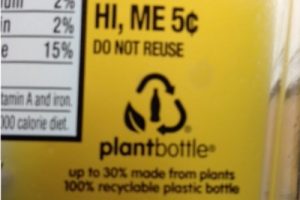For the last several weeks on this blog, we’ve discussed plastic debris floating in the five gyres in the world’s ocean and the need to reduce our single-use plastic consumption. (Need to catch up? Visit the Ocean Plastic discussion.) But how do we demonstrate for children that our real world actions have consequences for the environment?
A game, of course! In this case, HABITAT — a touch-based game for Android and iOS phones and tablets that shows kids, ages 8-12, how their everyday actions can protect the environment.
In the game, kids care for a polar bear in Glacier Park, the fictitious world of HABITAT. Similar to the Tamagotchi persistent-play model of the ’90s, kids feed, groom and provide enrichment for their bear to keep it healthy. But HABITAT is unique because it encourages an actual change in behavior that promotes environmental responsibility.
Kids perform real world missions that help reduce their water consumption and carbon emissions, and preserve native habitat. The missions are categorized as “Speedy Missions” or “Five Day Missions.” Speedy missions might include turning off unused lights or turning off the tap while brushing your teeth. The environmental benefits of these real-word choices are calculated with algorithms from the Integrated Sustainability Analysis (ISA) team in the School of Physics at Sydney University in Australia. The team at the Centre for Research on Computer Supported Learning and Cognition (CoCo) investigates the ways in which learners use the game.








Leave a Reply
Your email is safe with me.